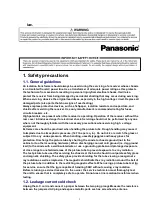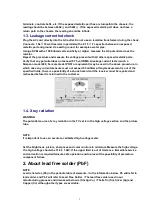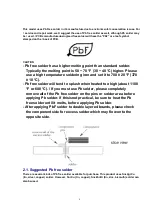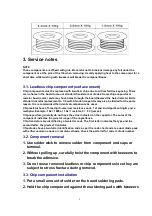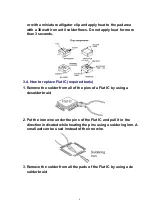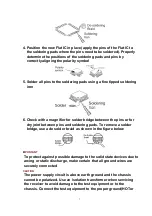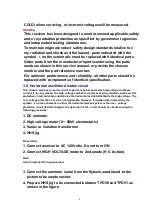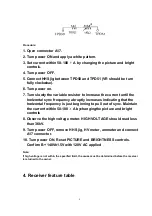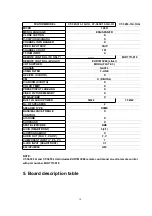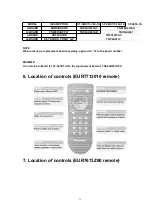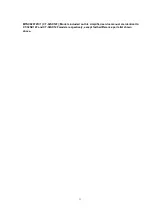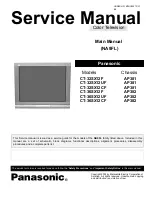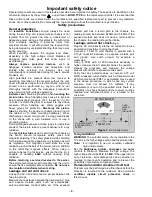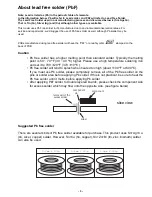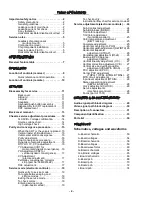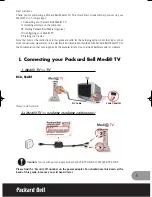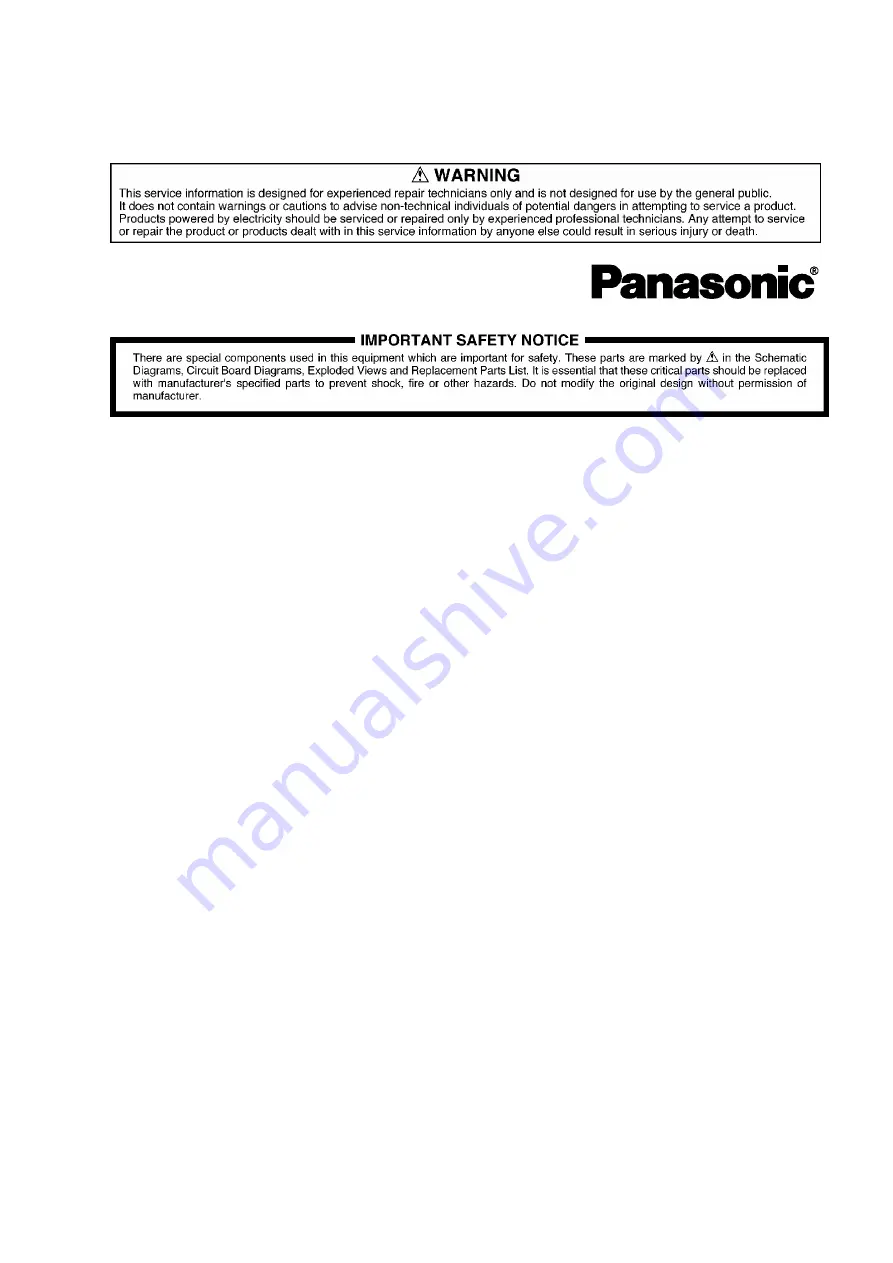
law.
1. Safety precautions
1.1. General guidelines
An isolation transformer should always be used during the servicing of a receiver whose chassis
is not isolated from AC power line. Use a transformer of adequate power rating as this protects
the technician from accidents resulting in personal injuryfromelectrical shocks. It will also
protect the receiver from being damaged by accidental shorting that may occur during servicing.
When servicing, observe the original lead dress, especially in the high voltage circuit. Replace all
damaged parts (also parts that show signs of overheating.)
Always replace protective devices, such as fishpaper, isolation resistors and capacitors, and
shields after servicing the receiver. Use only manufacturer’s recommended rating for fuses,
circuits breakers, etc.
High potentials are present when this receiver is operating. Operation of the receiver without the
rear cover introduces danger for electrical shock. Servicing should not be performed by anyone
who is not thoroughly familiar with the necessary precautionswhenservicing high voltage
equipment.
Extreme care should be practiced when handling the picture tube. Rough handling may cause it
to implode due to atmospheric pressure. (14.7 lbs per sq. in.). Do not nick or scratch the glass or
subject it to any undue pressure. When handling, usesafetygoggles and heavy gloves for
protection. Discharge the picture tube by shorting the anode to chassis ground (not to the
cabinet or to other mounting hardware). When discharging connect cold ground (i.e. dag ground
lead) to the anode with a wellinsulatedwire or use a grounding probe.Avoid prolonged exposure
at close range to unshielded areas of the picture tube to prevent exposure to x ray radiation.
The test picture tube used for servicing the chassis at the bench should incorporate safety glass
and magnetic shielding. The safety glass provide shielding for the tube viewing area against x
ray radiation as well as implosion. The magnetic shieldlimitsthe x ray radiation around the bell of
the picture tube in addition to the restricting magnetic effects. When using a picture tube test jig
for service, ensure that the jig is capable of handling 50kV without causing x ray radiation.
Before returning a serviced receiver to the owner, the service technician must thoroughly test
the unit to ensure that is completely safe to operate. Do not use a line isolation transformer when
testing.
1.2. Leakage current cold check
Unplug the A.C. cord and connect a jumper between the two plug prongs.Measure the resistance
between the jumpered AC plug and expose metallic parts such as screwheads, antenna
2
Summary of Contents for CT-32SC13-1G
Page 63: ... 50 A Board ...
Page 65: ... 52 ERJ6GEYJ183V NP2AH037AC ERENCES A Board ...
Page 66: ... 53 A Board ...
Page 69: ... 56 D Board ...
Page 70: ... 57 D Board ...
Page 71: ... 58 D Board ...
Page 74: ... 61 notes NOTES ...
Page 75: ... 62 G Board ...
Page 76: ... 63 G Board ...
Page 77: ... 64 G Board ...
Page 79: ... 66 L Board ...
Page 80: ... 67 L Board ...
Page 81: ... 68 A PCB ...
Page 82: ... 69 A PCB ...
Page 83: ... 70 D PCB ...
Page 84: ... 71 D PCB ...
Page 85: ... 72 G PCB ...
Page 86: ... 73 G PCB ...
Page 87: ... 74 L PCB ...
Page 88: ... 75 notes NOTES ...


